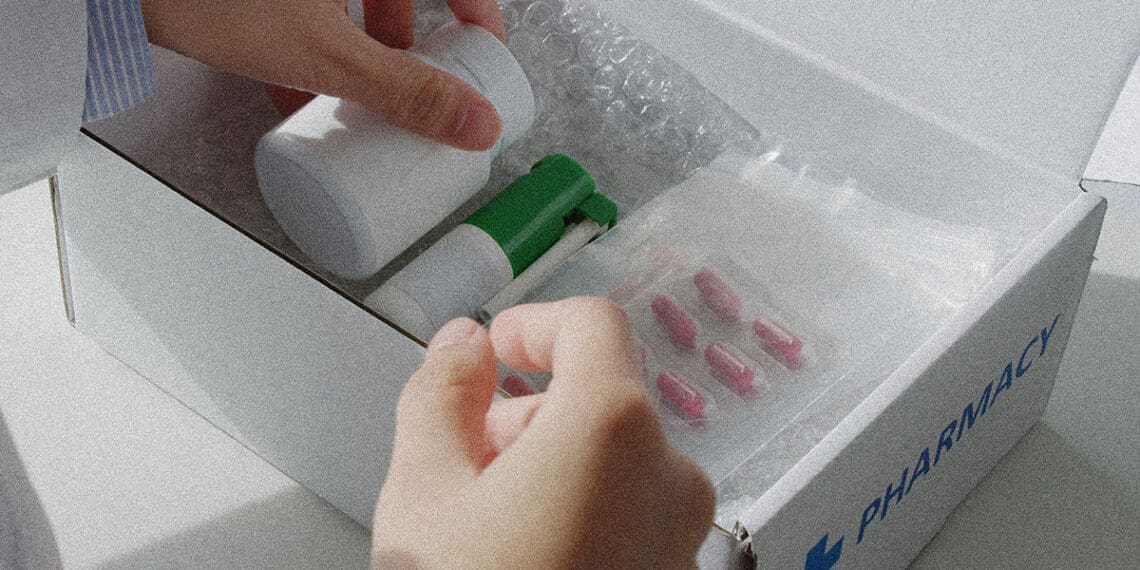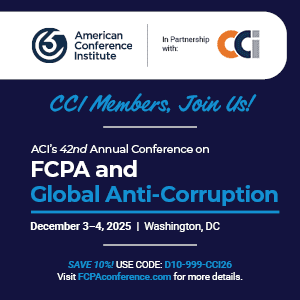A new FDA policy gives investors independent insight into companies’ regulatory posture, making carefully calibrated securities disclosures even more critical. Jennifer Windom, Elizabeth Jungman and Bolton Smith of Hogan Lovells examine how life sciences companies face liability when they frame risks as hypothetical while regulatory developments suggest those risks have already materialized.
Public companies are well familiar with their obligations under SEC rules to disclose material risks in their securities filings and offering documents. Indeed, issuers often assume that more fulsome risk disclosures will insulate them from shareholder and SEC scrutiny. The Private Securities Litigation Reform Act and caselaw generally do immunize forward-looking statements, so long as they are accompanied by meaningful disclaimers.
But recent court decisions in the Ninth Circuit — home to the high-tech hubs of Silicon Valley, Silicon Forest and other West Coast innovators — reaffirm that there are risks to proactive disclosures, particularly for life sciences companies subject to continuous oversight and feedback from industry regulators like the FDA.
Judicial scrutiny of securities disclosures
Federal securities laws prohibit not only false statements but also statements that omit or mislead as to material facts. In determining whether an omitted fact was material, courts evaluate whether a reasonable investor would consider the information as significantly altering the “total mix” of information available to the market. Thus, the threshold for disclosure under the securities laws is very different from the “statistically significant” standard used by most scientists and researchers to attribute meaning to their findings.
Indeed, more than 15 years ago, the US Supreme Court unanimously held that a pharmaceutical company could be held liable under federal securities laws for failing to disclose adverse event reports relating to its product, even where those reports were not statistically significant. In Matrixx Initiatives, Inc. v. Siracusano, the court rejected the notion that statistical significance is the only reliable indication of causation, observing that a “lack of statistically significant data does not mean that medical experts have no reliable basis for inferring a causal link between a drug and adverse events.” The court noted that the FDA considers a wide range of evidence in assessing causation and often acts based on evidence that is not statistically significant. Accordingly, determining whether disclosure is required is a highly contextual inquiry focused on investor expectations.
How Life Sciences Companies Can Mitigate the Impact of US Tariffs
Compliance professionals uniquely positioned to adapt & respond to tariff pressures
Read moreDetailsBioVie and liability for R&D disclosures
More recent decisions in the Ninth Circuit Court of Appeals appear to expand potential securities fraud liability for companies that choose to make pre-approval risk disclosures regarding their research and development efforts. Courts have repeatedly cautioned that companies cannot characterize risks in their Item 105 disclosures as merely conjectural where those risks have already transpired, even if the company has not yet incurred any financial or reputational harm. A 2025 district court decision applying this principle in the context of FDA clinical trials demonstrates the importance of ensuring that risk disclosures keep pace with regulatory developments.
In BioVie Inc. Securities Litigation, a clinical-stage biopharmaceutical company and two of its executives were sued by investors for allegedly concealing patient fraud during a pivotal Phase 3 clinical trial designed to evaluate the safety and efficacy of the company’s lead Alzheimer’s drug treatment. The company had contracted with a third-party provider to oversee data collection for its clinical trials. An outside auditor, without disclosing specifics, found that the third-party provider was likely returning compromised data that could severely delay the clinical trials. Later, a second auditor raised similar concerns.
Plaintiffs challenged, among other things, BioVie’s Item 105 disclosures that clinical trials “may be” extended, delayed, or terminated “if” clinical data quality was compromised or clinical protocols or regulatory requirements were not followed. In plaintiffs’ view, the company’s disclosure of these supposed hypothetical risks, coupled with its failure to disclose the audit results, as well as its touting of the study’s full enrollment, target completion and promising initial data, were misleading. The company argued that, at the time the challenged statements were made, there was no materialized risk of data insufficiencies so severe they could cause regulatory denial or delay.
The district court sided with the investors, citing Matrixx and holding that “a disclosure obligation does not only arise at the point where a risk amounts to statistical significance.” While recognizing that the “risk of regulatory delay does not necessarily materialize as soon as the first mere inklings of data discrepancies are discovered,” the court noted that, often, “a risk may materialize before its consequences.” Thus, plaintiffs had sufficiently argued that BioVie’s risk disclosures were misleading. The court permitted plaintiffs to pursue their securities fraud claims into discovery, and the case remains pending.
Disclosure lessons for life sciences companies
BioVie demonstrates that courts often view risks differently than researchers do. Firms facing day-to-day regulatory oversight or receiving interim regulatory feedback need to be mindful of whether and how the information they learn through those processes should be proactively disclosed in securities filings. Even where research or testing does not produce statistically significant results, companies should be aware that courts nevertheless may view those findings as material to investors. Similarly, when the FDA provides regulatory feedback that alters a company’s development program, courts may view those developments as material, even if the company believes that the feedback will not affect the ultimate prospects for approval. This is particularly the case where companies have made earlier hypothetical, forward-looking risk disclosures or unqualified positive statements relating to research or testing.
The current regulatory landscape makes these lessons on proactive disclosure even more salient for life sciences firms. For example, the FDA recently announced that it will begin publicly releasing complete response letters (CRLs), even before the approval process is completed. CRLs are issued directly to drug or biologics product sponsors after the FDA completes its review cycle and determines that it cannot approve an application in its current form. This new “radical transparency” by FDA will give investors and other stakeholders independent insight into a company’s regulatory posture and often into prior interactions between the company and FDA. As such, issuers will be well-served to consider the nature and timing of related securities disclosures to ensure that such disclosures are consistent with the information revealed in a CRL.
More broadly, the current administration, amid significant public and media attention, has continued to reverse longstanding policies and assumptions surrounding pharmaceutical approvals, particularly for vaccines. While there are protections against the release of trade secrets and commercially confidential information, life sciences companies must nevertheless be prepared for regulatory agencies to preemptively release sensitive or even speculative information to the public, or to abruptly switch course on oversight.
Such events could prompt opportunistic securities lawsuits where a company’s stock price drops as a result. Life sciences firms preparing their Item 105 disclosures should therefore revisit prior assumptions about how the regulatory approval process will proceed, as some risks previously considered merely hypothetical may now be more likely to arise. Moreover, risks that may seem remote can escalate quickly and jeopardize regulatory processes, and companies cannot claim that a risk was not statistically significant to avoid liability under the securities laws.
In-house regulatory teams need to be in close contact with the legal teams responsible for their disclosures. In an increasingly complex and unpredictable regulatory environment, proactive disclosures of risks, even during product development and testing, can go a long way toward guarding against potential exposure for securities fraud.




 Jennifer Windom
Jennifer Windom Elizabeth Jungman
Elizabeth Jungman Bolton Smith
Bolton Smith








